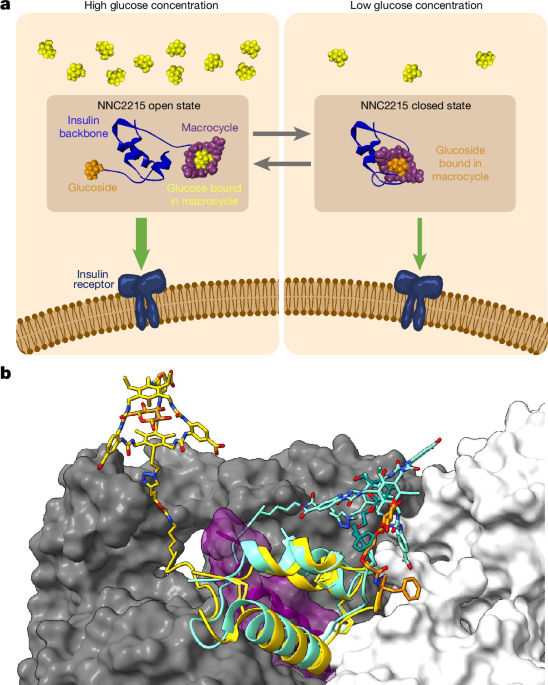
Ruby Caches - Rails Cache Comparisons
A series of posts will explore and detail some of the current Rails caching code. A good place to start is how the Rails cache is configured and loaded.
These posts attempts to explain in a bit more details, but please do read the official Rails Caching Guide docs, which are also very good.
Rails offers many caching options, most of the difference will matter more as you scale your system architecture. The performance difference of the various options for small scale systems and single box deployments is not that significant. For example, using the Rails in-memory cache works very well for single process applications, it however doesn’t scale to the most common Rails deployments which is Puma with a few workers and threads. At that point you will often see much higher performance with a cache like Memcached or Redis, at that point to maintain extremely low latency you might choose an on box Memcached, which removes the network latency of a remote cache. That will work well until you need to horizontally scale your web workers (or background jobs). At that point you will likely consider remote cache solutions like Memcached, Redis, or the latest SolidCache.
We can cover a quick overview of the various cache stores and their trade offs. Also, note you can make a custom store that builds off any of these or offers interesting options like layered caching combining both a machine local cache and a remote cache.
























